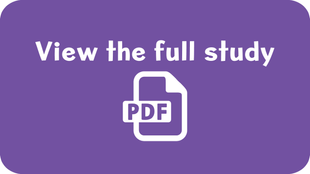The Effect of Nessy When Added to the Regular Curriculum
By Tiffany James, with Jodi Snowdon and Jude Billingsly.
Introduction
In the summer of 2021, Nessy Reading and Spelling (NRS) was tested in 22 schools in Northern Ireland. The goal of the study was to compare the literacy growth of students following the standard whole-class curriculum, to those whose weekly learning was enriched with individualised instruction by the addition of the Nessy Reading and Spelling program.
➤ After 6-9 weeks of use, students using Nessy Reading and Spelling scored 73.26% higher in Oral Reading Fluency (ORF).
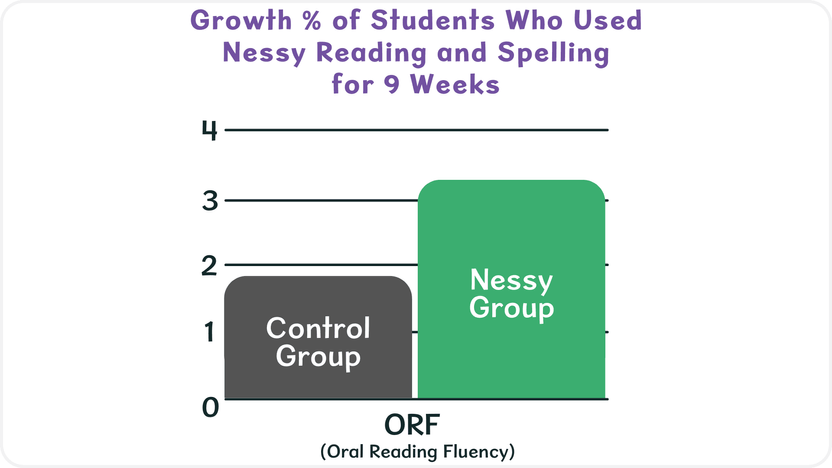
➤ Students using Nessy Reading and Spelling also scored 14.4% higher in single word reading than non-Nessy users.
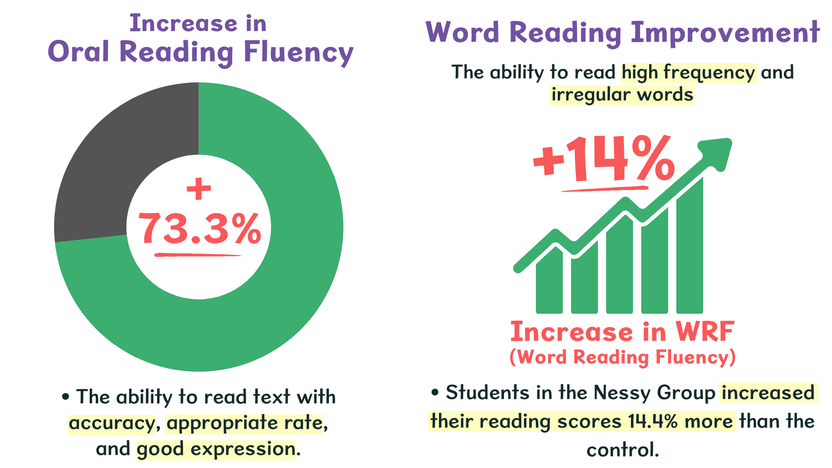
Students in P3, P4, P5 (7, 8 or 9 years old) in Northern Ireland who used Nessy Reading and Spelling for 40-70 minutes per week, for 9 weeks in June 2021.
Program Description
Nessy Reading and Spelling is a Structured Literacy program. It is delivered online, and individualises instruction based upon student work and progress monitoring, with inbuilt assessments.
In this study, teachers were not actively involved in teaching the structured synthetic phonics or structured literacy skills being instructed to the students. The teaching and practice of these concepts was purely the work students did on their own, working within the online program independently.
Case Study Structure
Teachers were asked to ensure students in the test groups logged into the Nessy Reading and Spelling (NRS) teaching program for a minimum of 40 minutes per week, but not more than 70 minutes per week, for six to nine weeks.
To ensure that the students were randomly selected, the class lists were alphabetized, then divided into two groups. One half of the class was assigned to the control group, and one half to the Nessy group. If there were two participating classrooms of the same grade level/year level, one classroom would be assigned to the controls, and the other one to the Nessy Group.
Two pre-tests were given to all students before beginning the study. Two post-tests were given at the conclusion of the program. The tests were the Dynamic Indicators of Basic Early Literacy (DIBELS) Word Reading Fluency (WRF), and Oral Reading Fluency (ORF).
View the full case study here.
Results
The improvement the students made working independently on the Nessy Reading and Spelling program was significant. It indicates the program's ability to adjust to the student’s instructional needs, and provide specialised instruction without the need of intensive educator or parental supervision. It is not dependent upon the supervising adult’s knowledge of phonics or structured literacy.
Because the students work independently, and were able to progress according to the speed of their skill acquisition, they were able to work independently making gains and progress quickly through the most pertinent lessons. This is demonstrated by the significant gains of the Nessy groups in both Oral Reading Fluency and single word reading at the conclusion of the study.
Demographic Data for Participating Schools
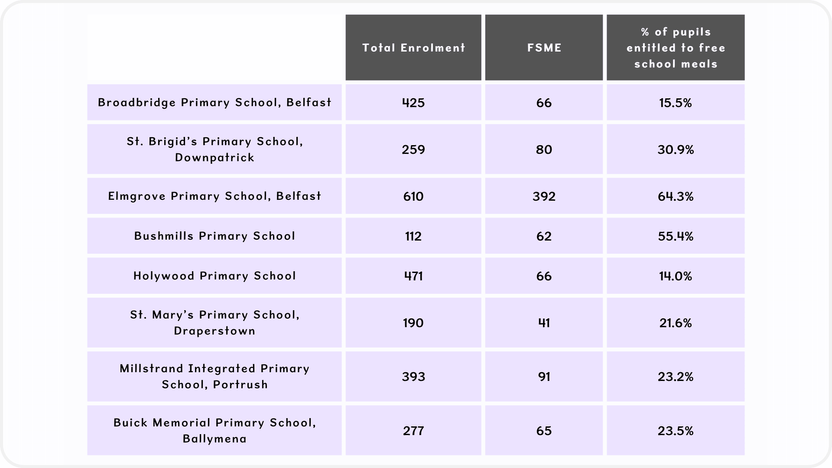
Gains/Losses on Each Measure by Campus
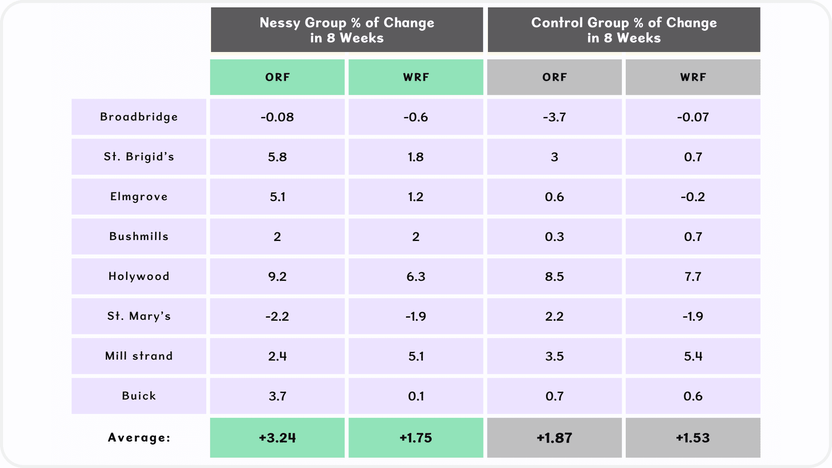
DIBELS information
DIBELS 8th Edition represents the culmination of decades of research into supporting students in becoming successful readers. DIBELS uses state-of-the-art, research-based methods for designing and validating curriculum-based measures of reading. The purpose of DIBELS is to provide educators with standards for gauging the status and progress of all students. DIBELS subtests measure critical skills and abilities that are necessary for reading success.
Click here for DIBELS information for schools.
Click here for DIBELS information for parents.
*(P3) in Northern Ireland, is the third year of children's primary school education and the first year of Key Stage 1 (KS1). Pupils in P3 are aged between 6-7 years old, and P4 students are aged 7-8.
